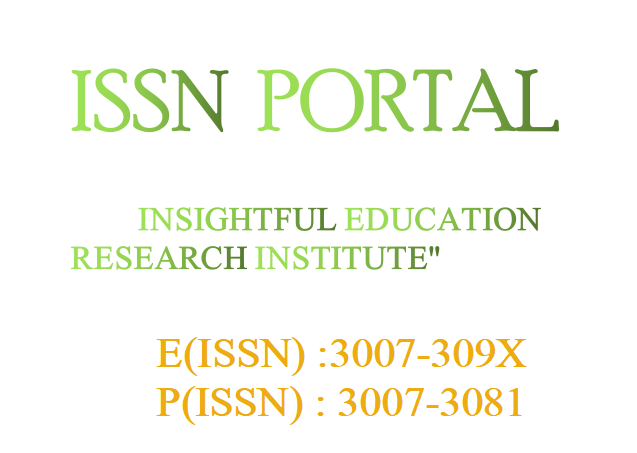GENE THERAPY FOR INHERITED RETINAL DYSTROPHIES: CURRENT ADVANCES AND FUTURE PERSPECTIVES"
DOI:
https://doi.org/10.63075/pv5cbf73Keywords:
Retinal Dystrophies, Hereditary, Gene Therapy, Photoreceptor Cells, Vertebrate, Retinal Pigment Epithelium, CRISPR-Cas Systems, RNA, Therapeutic, Optogenetics, Adeno-Associated Virus, Retinal Diseases/genetics, Vision, OcularAbstract
Background: Inherited retinal dystrophies (IRDs) are a group of genetically diverse disorders that are manifested by progressive degeneration of photoreceptors and consequently, vision loss and in many cases irreversible blindness. Up until now, there have been relatively few treatment options available for IRDs, and they have thus remained a substantial burden for both patients and the medical community.
Purpose: This narrative review endeavours to offer an updated summary of the state-of-the art and future prospects of gene therapy for IRDs, including recent advances, active clinical trials, emerging gene delivery systems and also ethical implications.
Summary of Advances: Gene replacement has become a revolutionary approach for treating the genetic causes of IRD. voretigene neparvovec-rzyl (Luxturna) being approved for RPE65-related retinal dystrophy has already underscored the potentiality of gene replacement strategies in a clinical context. Several ongoing clinical trials are deploying, using vectors including adeno-associated virus (AAV) and lentivirus, directed to genes including RPGR, ABCA4, and CHM. Novel approaches to drug delivery, such as intravitreal and subretinal injections, have significantly progressed the field. Although the advances have been significant, challenges still persist, such as vector restriction, host immune response, expense, and long-term safety.
Future Directions: New strategies like CRISPR-Cas9 gene editing, therapies based on RNA, optogenetics and combination therapies (e.g. gene + cell therapies) are being developed that are changing the therapeutic landscape. Personalized treatment based on early diagnosis and genetic characterization will be the key to achieving the best therapeutic results and extending access.







